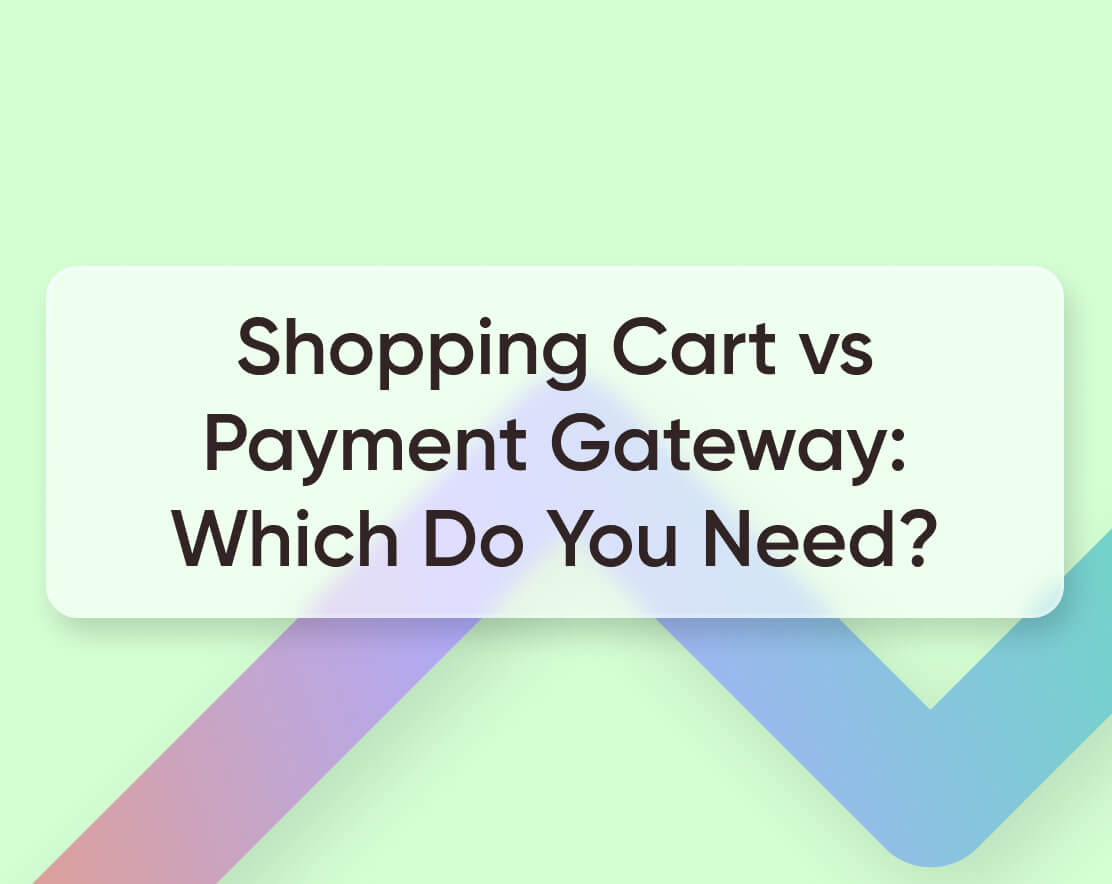It's never too early to start strategizing about global expansion if you eventually want your business to grow across national borders. Successfully entering an international market requires knowledge about the country's consumers and their shopping preferences.
While international expansion will challenge your business, however, you don't have to exhaust your resources to bring your brand to another country. Proper planning and research support a slow yet sustainable global expansion plan.
We've developed this ultimate guide to international growth to put your business on the path to worldwide success.
{{text-box}}
The Benefits of Expanding Your Business Globally
You can attract a larger share of the massive online shopping market with a strong global expansion strategy. Benefits of selling to customers in other countries include:
- Attracting talented team members from all over the world as your brand builds recognition in other countries. In addition to working with strong innovators from other countries, you may also be able to incorporate local resources, technology, and traditions that benefit your business.
- Gaining early entry into a market where businesses like yours don't exist yet, which limits competition. It also defines your company as the local leader, which gives you the largest share of the audience by default.
- Lowering your operating expenses as your company grows. As a larger business, you can take advantage of economies of scale, which reduces your operating budget and expands your profit margins.
- Innovating new products and services to appeal to international customers. You can potentially develop multiple revenue streams in each new global market by catering to local needs, preferences, and gaps in the market.
- Establishing financial stability. You lower your company's overall risk in an economic downturn when you have multiple markets across diverse geographic areas. This approach also improves your ability to withstand changes and adapt to global change within your industry. Entering new markets reduces your economic dependence on your current market.
The Challenges of Expanding Your Business Globally
The most common challenges for globally expanding businesses include:
- Complying with local taxes, laws, regulations, and business customs such as standard accounting practices. You can avoid costly violations by consulting with finance and legal experts who have experience in the country where you plan to operate.
- Overcoming language and cultural barriers in a new market. Many businesses partner with or hire a local expert in each country where they expand. They may also invest in translation services.
- Maintaining ethical workplace practices in countries without standard worker protections. As operations expand, international companies must ensure fair and humane treatment of employees and continuously monitor all locations to ensure compliance.
- Avoiding the environmental impact of globalization. Your business may want to take steps to reduce your carbon footprint when you ship goods worldwide. For example, you can select a shipping partner that offers low-impact delivery systems.
How to Build a Global Expansion Strategy
1. Research the Target Market
Conduct a thorough analysis of each global market just as you would when entering any new niche. You want to know about strengths, weaknesses, opportunities, and threats in the local sector. You'll also develop buyer personas specifically for the country's customers, highlighting how they may differ from your local market.
When expanding across national borders, it's especially important to look at the country's total addressable market (TAM) and serviceable addressable market (SAM). TAM is the amount of revenue you'd receive if you had 100% of the country's market share, while SAM represents the percentage of TAM you can realistically reach with your products and services.
Local partners can enhance your understanding of the market during your analysis. They can also provide information about promotional opportunities and advertising channels.
Your market analysis will inform your unique value proposition if you decide to expand in a specific country, which could differ from your current competitive advantage. It could also help you rule out possible expansion areas that ultimately don't fit your business objectives.
2. Select a Strategy
Once you've decided to expand your business to one or more new countries, you need a strategy to enter the new market. Consider these common strategic models for international expansion:
- Global strategy: You're entering the new market without changing your products and services. You may be one of the first brands in your specific niche to sell in that area. As you expand to additional geographic regions, you'll offer the same products rather than adapting to fit local preferences.
- Multi-domestic strategy: You develop smaller sub-brands for each new country where you expand. You cater directly to the tastes of customers in that specific geographic area. A multi-domestic strategy could involve buying, merging with, or partnering with an international business in a related niche. It may also include less formal joint ventures like a special product line released along with a global partner.
- Transnational strategy: With this strategy, you add smaller subsidiaries in each new country. You can scale your business internationally without losing the ability to control your brand as it expands. Franchises are the most common example of a transnational strategy.
- International strategy: You'll use this strategy if you plan to sell products and services to international customers without adding operations in other countries. If you have an ecommerce business, for example, you may ship items across borders yourself or use a third-party distributor based in that country. You can also license third-party rights to create, market and/or sell your product, which is a fast way to enter a new market but also decreases your control over your global brand.
3. Localize Your Brand
Your company can attract a larger audience in a new market by localizing your products and services. It's most important to translate all your materials into the country's most commonly spoken language.
Even when expanding to an English-speaking country, you'll still need to optimize aspects of your products, brand, marketing, or message to appeal to your new target market. Your tech team should upgrade your website so the content can adjust to the country's browsers. This process allows your code to adjust automatically to the reader's selected language and flow in the appropriate orientation (top-to-bottom, left-to-right, or right-to-left).
To localize your brand, your online presence should emphasize images, wording, color schemes, references, and other small details that reflect the preferences and experiences of local residents. You want to feel familiar to your audience even if they're brand-new customers.
You also need to have team members available in local time zones. Customers all over the world should be able to connect with customer service during regular business hours in their regions.
4. Set Up a Global Payment System
Your business needs a way to accept payments from international customers. Pay.com provides fast, reliable global payment processing, free from the lags and disruptions that often occur with cross-border transactions. Your customers will avoid the resulting denials, which lead to frustration and cart abandonment.
Pay.com takes care of security for you with Level 1 PCI DSS compliance. We also use 3DS Secure 2.0 multi-factor authentication to prevent fraudulent transactions, which can cause costly fees and chargebacks.
You'll be able to get started in minutes with our simple onboarding process. We provide an advanced developer API so you can quickly integrate our components into your existing checkout process and prepare to accept payments from customers all over the world.
Click here to get started with Pay.com now.
5. Prepare for Local Laws and Taxes
Paying international taxes and fees can challenge the most experienced business owners. You may want to hire a CPA or tax attorney who practices in the country where you plan to open a new location. They should understand the ins and outs of the local regulations so your business can stay in compliance.
As you research international regulations, items to review include:
- Trading laws and standards
- Local tariffs, fees, and taxes
- Importing, exporting, and shipping laws
It's also important to know how these regulations could affect the logistics of your local business. Explore the supply chain, economic and sociopolitical concerns, and other potential logistical factors as you finalize your expansion plan.
The Benefits of Working with Pay.com as Your Payment Service Provider
Pay.com can help you prepare you for international expansion with our secure, fast global payment processing system. We have everything you need to accept popular payment methods from all over the world, including digital wallets, debit cards, credit cards, and many more.
Our flexible infrastructure can fit in seamlessly with your existing website. Your tech team can use our robust API to add Pay.com to your checkout, so you'll be ready to accept the payment methods your international markets prefer.
While you're personalizing your checkout page, don't forget to add an official PCI DSS security badge. We keep you in compliance with industry standards for safe transactions through tokenization and other high-tech systems.
Click here to get started with Pay.com now!
The Bottom Line
Globalization is the wave of the future, so many smart business owners are taking advantage of the opportunity to expand into other countries. While the process of global expansion can be complex and challenging, you can develop a method that works for your business by entering a single international market, then scaling that approach to grow even further.
Pay.com offers the full-service global payment processing system you need to support an international expansion strategy. You'll be able to accept the top payment methods in each country, which builds trust in your brand as a new local retailer. If you want to add a new payment option, you can do it with the click of a button.
Click here to create your Pay.com account now!








.jpg)
